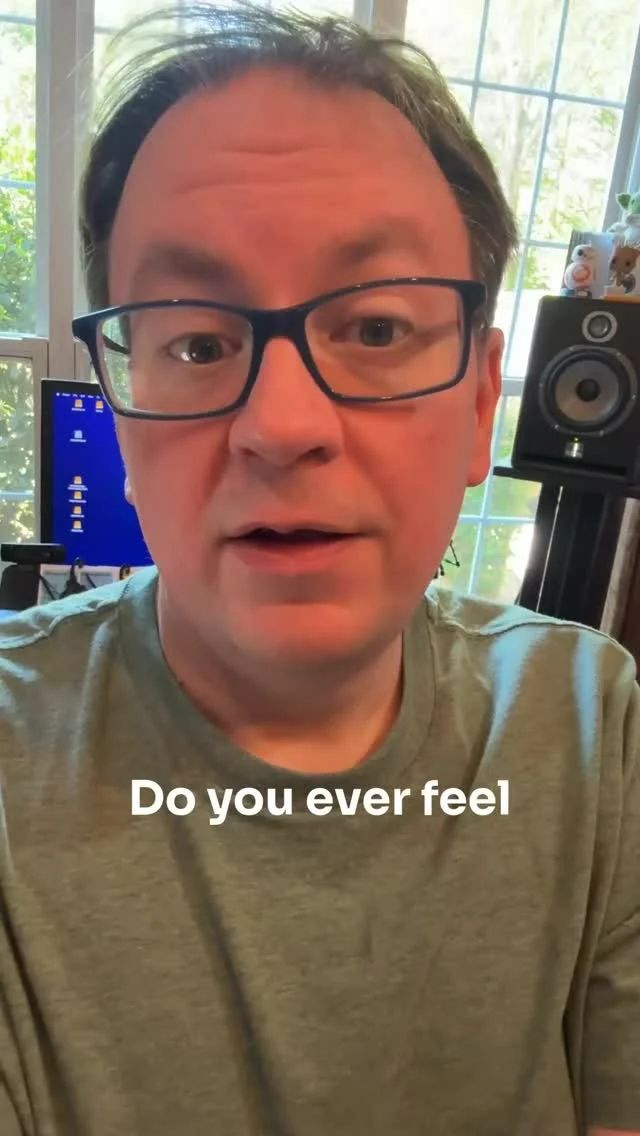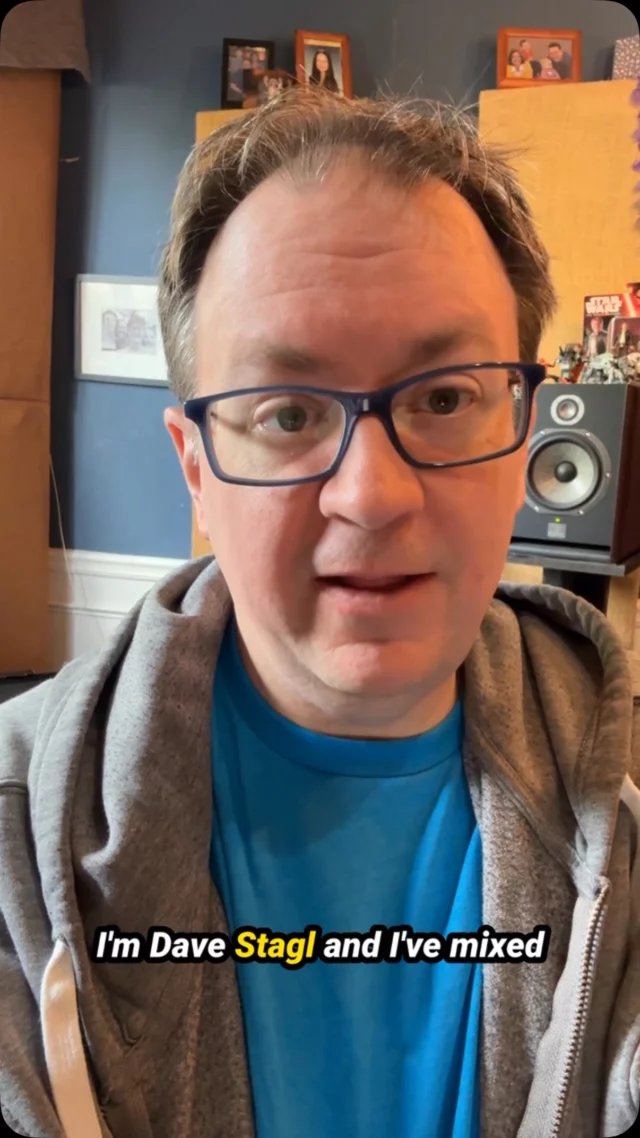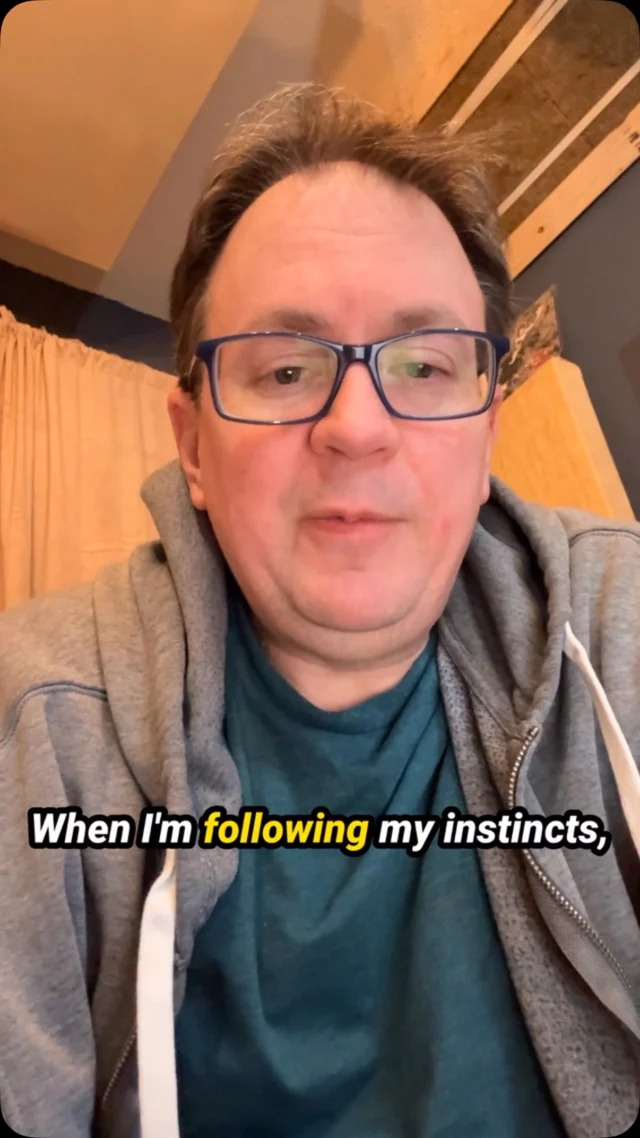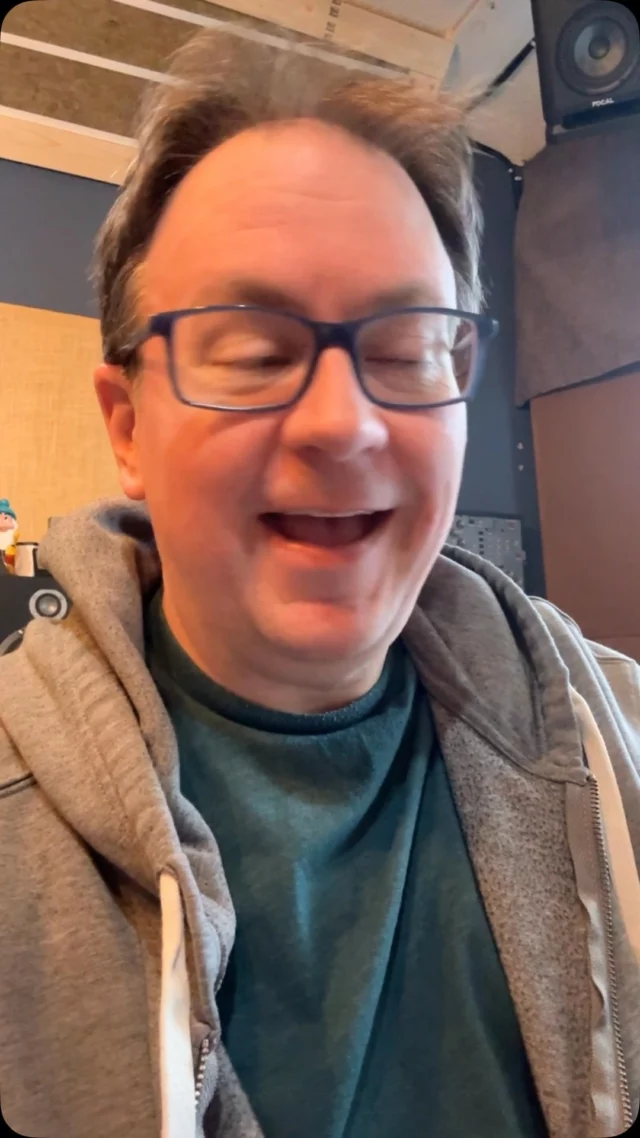Mixing for a Later Date
I’ve been handling a lot of recording and mixing for North Point Ministries’ Decatur City Church campus as of late. North Point Ministries elected not to open up their campuses for in-person services through the rest of 2020 due to COVID-19 so they’ve been taking a different approach to presenting content online. I’ve been having a blast working with the bands and crew, and I thought some of you might appreciate a little behind the scenes on how I’m handling some of the audio. It’s probably easiest to use an actual example so let’s take a look at their cover of With a Little Help From My Friends I mixed a few weeks ago.
For the full band content, we’ve been rehearsing a few days before the actual capture date. It helps the band get everything together, and it’s been really helpful for me to evaluate how the recording is going to go. Filming days are usually tightly scheduled so it’s important to have the audio end figured out ahead of time to help keep things moving on the shoot days.
We used their normal Sunday service Digico SD9’s for recording. The pre-amp control is entirely at monitor world in their setup, and when it comes to recording these kinds of things, recording levels matter a lot for me. So I’ve been spending most of my time at the “monitor console” driving the head amps and handling monitor mixes for the band. I think it’s also been helpful for me because it’s a lot easier to work with the band when you’re nearby and in frequent communication.
I record a two track mix of the rehearsals along with a multitrack. The 2 track goes to other crew members and the band to prep for the shoot. Then I take the multitrack back to my studio to listen to everything and evaluate things ahead of the recording.
In the rehearsal for Help From My Friends, it was evident to me capturing the pipe organ we were using was going to be tough. The intro was fine, but as soon as the drums kicked in the organ mics became drum room mics. So at the end of rehearsal, we captured a clean recording of the pipe organ as he played along with the click and cue tracks the band was using. I took that back to my studio to set aside for the final recording mix.
While reviewing the rehearsal recording I also felt the vocal mics were going to be an issue with cymbal bleed. I should mention that this wasn’t just a quick listen check. I tried a few different things to see how clean I could get them. Sometimes this involves editing. Sometimes it’s some form of processing. Most of the time it’s just old-fashioned rides. I do this ahead of time because I always want to make sure I can help keep the recording and filming sessions moving as smooth as possible. Then I balance what we’re getting with the precedents that have already been set for results in making requests for changes in the shoot. On the day of the shoot, the vocalists were moved even closer to the drums than in rehearsal which I already knew from the reheasral recording was going to be tough.
Now, another thing I’m always thinking about in these recordings is lip sync. These are live performances that are being filmed and maintaining lip sync is really important to retain authenticity. This makes it hard to replace vocal performances, but not impossible.
The way I approached things this time was to do a clean recording of the band without the drums. We did about three takes of the song with the full band, and then the drums and organ sat out for another two takes. This gave us a quiet stage to get clean recordings of the vocals and the acoustic piano which also had a fair amount of drum bleed.
Once everything was recorded, the first thing I worked on back in my studio was figuring out the vocals. On any of these shoots there is always one take decided to be the master performance. Everything I do starts with that take knowing the band and producers preferred it for the performance along with other technical reasons on the filming side. It’s important for me to stick with that take in order to maintain lip sync and band performance sync as much as possible, although, there are ways of dancing around that at times.
In this case, I decided to keep all of Taylor’s live lead vocal from the master in lieu of using the clean takes. There was a lot of cymbal bleed in it, but each take was different enough to make lip sync a challenge. Part of what they were going for with the performance was to keep things kind of raw so there were a lot of adlibs in the lead vocal as well. So I just mixed it the old-fashioned way and used automation to clean up as much cymbal bleed as possible when he wasn’t singing.
On the other hand, I swapped out all the background vocals for the first clean take. The nature of the background parts kept them consistent, and I knew their camera time would be less than the lead. Since I had a second clean take as well, I stacked it on top to double the part.
If you’re wondering how I managed all the editing, it’s all about the click track. Everything was recorded to the same click track. When I brought everything into my DAW(Pro Tools), I simply cut across all the tracks in each take right at the start of the click. This allowed me to quickly move those takes to new audio tracks and snap them to the start of the master take. I did this for the background vocals, the piano, the previously recorded pipe organ, and then a new recording of a B3. Another place I did this was with the guitar.
Something I run into a lot these days are guitarist running two channels. In this case, we had two Kempers with stereo FX feeding into them. I have mixed feelings about this, though. On the one hand, I’m a guitarist and stereo FX are cool. On the other hand, this often creates a mono’ish guitar with stereo effects. Even with different “amps” set up, the guitar usually feels like it’s mostly right up the middle of the mix where the vocal steps all over it or vice-versa. So I made a compromise on this mix.
On the 2nd verse I retained the two channels from the master take because I liked the stereo effect he had going. For the choruses, I picked the Kemper I preferred and muted the other one. Then I grabbed another take of that same Kemper, sync’ed it up, and panned it opposite of the Kemper from the master take. This gave me a real doubled guitar which spread the guitar across the soundfield and opened up room for the vocal.
Aside from that, the rest of the mix was pretty typical straight forward stuff. There were a lot of little fader rides and some effects changes here and there.
If you have any questions about this song or some of the other recent material I’ve mixed and shared on social media, please let me know in the comments.

 Previous Post
Previous Post

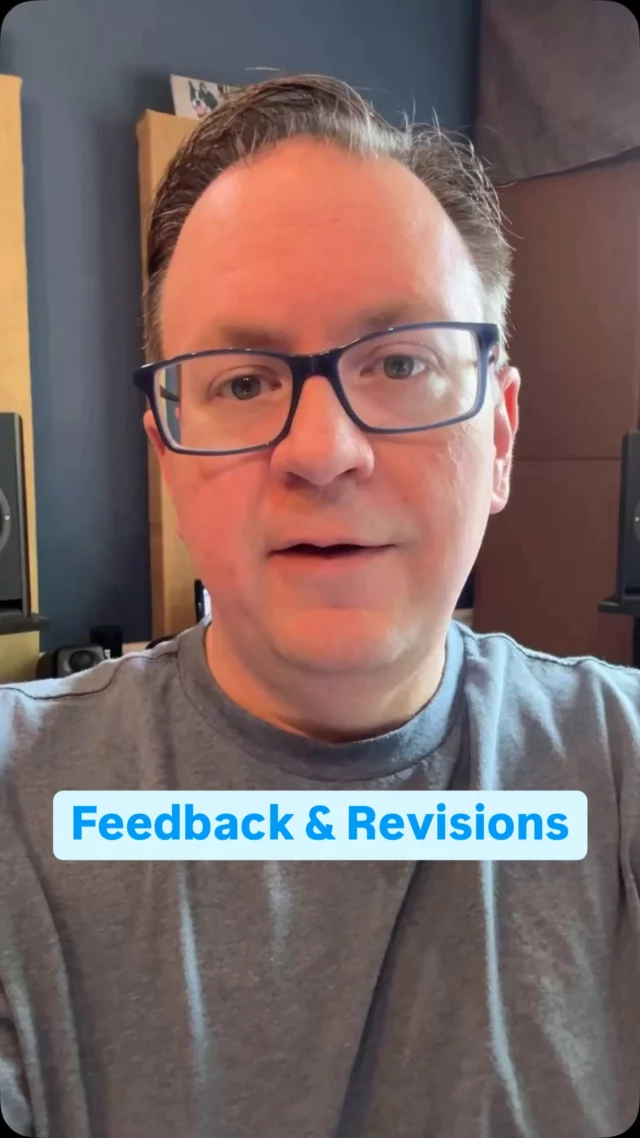
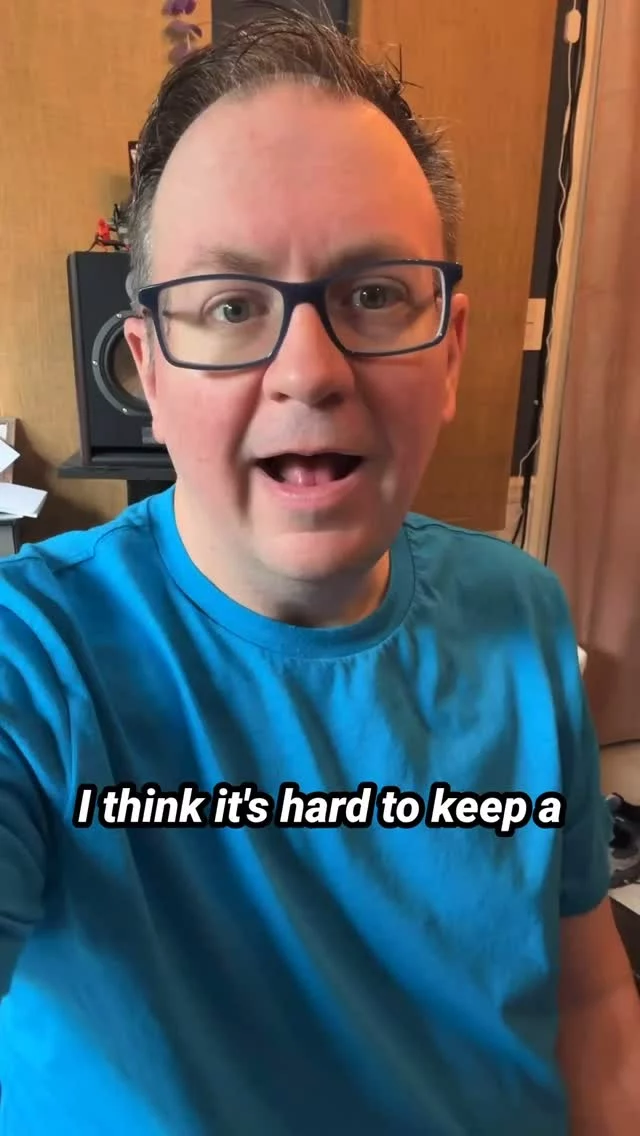
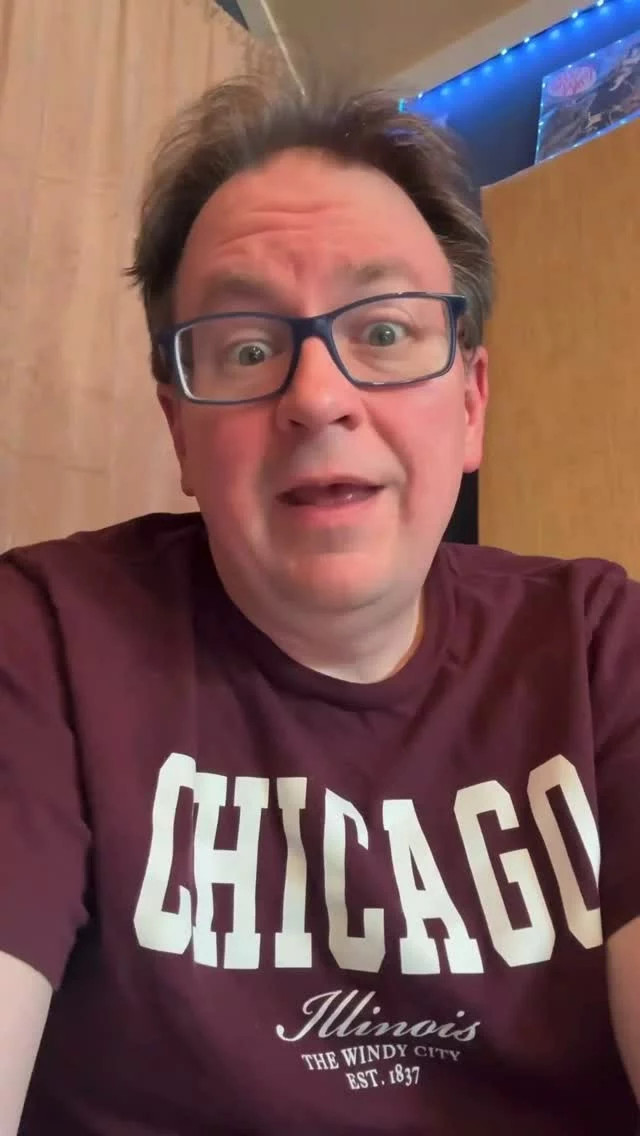
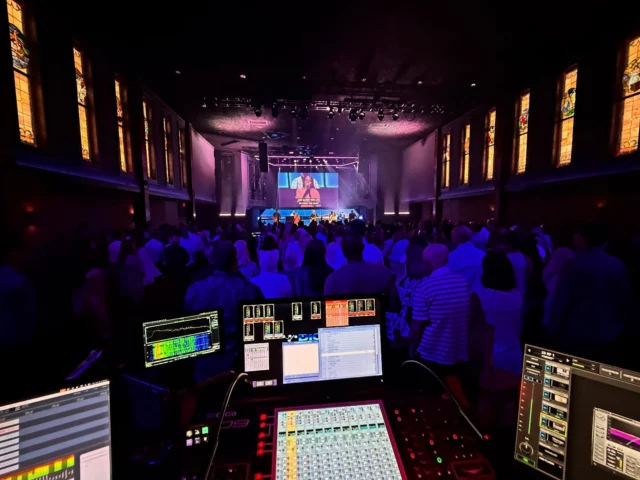
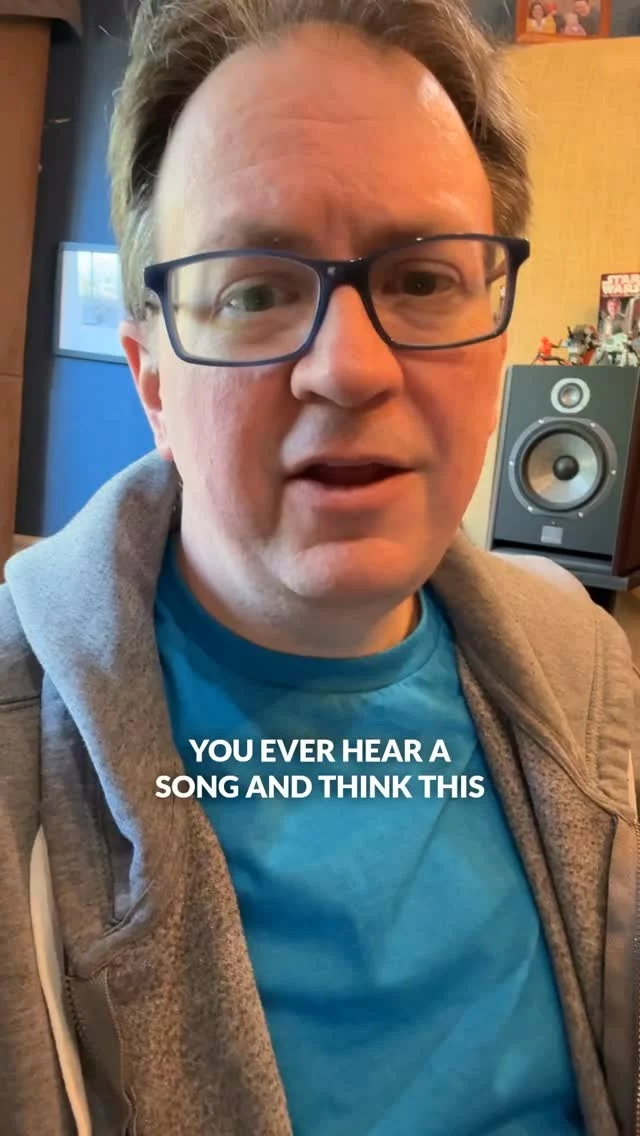
 The best mix moves aren’t always the loudes
The best mix moves aren’t always the loudes